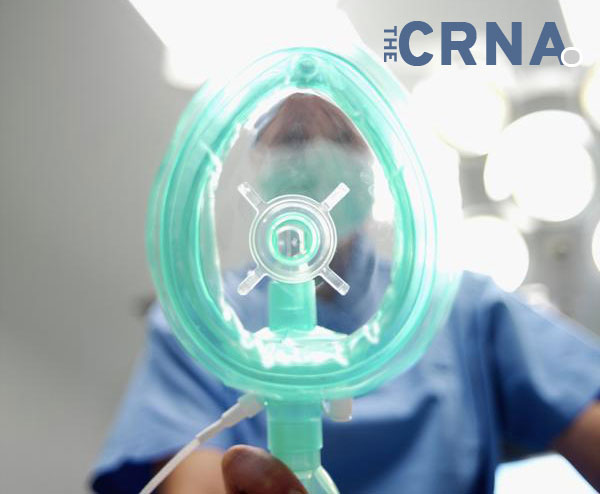How to Pay For Nurse Anesthesia School

A commonly asked question for those considering applying to nurse anesthesia school, is: How do I pay for nurse anesthesia school? The demanding nature of all nurse anesthesia programs, leaves little to no opportunity for SRNA’s (student registered nurse anesthetist) to earn income while attending the 2.5 to 3.5 year program. If you are lucky enough to live in the same geographic location where you will be attending nurse anesthesia school, based on how your nurse anesthesia program is structured, you may have the opportunity to continue working as a nurse through some or all of the didactic portion of your program. For most SRNA’s however, the multiple year commitment to a nurse anesthesia program, will leave them without the opportunity to earn income while attending school. While it is ideal to plan well in advanced for the period of time you will be in school and without income, for many, saving the amount of money that will be needed to cover living expenses while attending school is not attainable.
For many nurse anesthesia students, loans are the only way to pay for school and living expenses. It should first be noted that all financial aid experts will advice you to exhaust all of your scholarship and grant opportunities before utilizing students loans, realistically, the majority of students will not have all of their financial needs meet by scholarship and grant money, however, if you believe you can qualify for any amount in college scholarships, it is always worth the time it takes to apply, given that it is an opportunity for free money.
Below you will find information of the different types of student loans that are available to you, and can provide you with money for tuition and living expenses while you attend nurse anesthesia school.
1. Free Application for Federal Student Aid (FAFSA).
The Free Application for Federal Student Aid or FAFSA, is the single most important tool when it comes to financing a college education. FAFSA is the single application for all federally funded financial aid for college, including federal grants and federal student loans. Since federal student loans offer better repayment terms, lower interest rates (when compared to most private student loans), and do not require a credit check, students should always apply for federal student loans first. You can complete the FAFSA online at fafsa.ed.gov. You will only need to complete the FAFSA once per academic school year to be eligible for federal financial aid. The FAFSA does have a deadline, so you will want to make certain to complete a FAFSA on, or shortly after January 1st of each year you need federal financial aid to make certain you are maximizing all of the financial aid you are eligible for.
After you complete a FAFSA, your financial need criteria will be assessed, and you will be offered a financial aid award package. For most students this award package will consist of a set amount of money you can acquire though a low interest, federal student loan. Some students may receive federal grant money in addition to being offered federal student loans. Federal grant money is free money, which does not needed to be repaid, while federal student loans offer money which must be repaid with interest (once you graduate or quit attending school). While the federal student loans you will be offered through FAFSA, may cover your tuition, there typically will not be enough money left over to cover the costs of your living expenses. This is where the next 2 types of student loans may be utilized.
2. PLUS loans.
PLUS loans are low interest federal student loans, specifically for graduate and professional students. The PLUS program was created to supplement the loans that are available through the Federal Stafford Loan Program (FAFSA). PLUS loans are considered to have certain advantages over some private student loans. Some of these advantages include: no collateral requirements, ten-year repayment period, no penalty for early repayment, and students can postpone payments while they are attending school at least half time (however, interest will continue to accrue during this time). Students should keep in mind, that unlike FAFSA, you will need to pass a credit check to secure a PLUS loan.
Unlike the federal loans you applied for through FAFSA, PLUS loans are not restricted according to financial need, so you can qualify for a PLUS loan even if your income is considered too high for other federal student aid programs. You can apply for a PLUS loan at any time during the school year, there is no deadline. PLUS loans can be used for tuition and fees, room and board, books and supplies, transportation costs, and living expenses… making PLUS loans a nice option for nurse anesthesia students who need help covering there expenses while in school.
3. Private Student Loans.
Private student loans are the last type of loan that a student should consider. Private student loans typically have higher interest rates, and less flexible repayment terms when compared to federal student loans. The benefit to a private student loan is that often the amount you can borrow is much higher, this is because a private student loan is based on a borrowers credit and credit history. If you do need to utilize a private student loan, you will want to shop around for one that offers you the best terms, rates, and repayment options.





